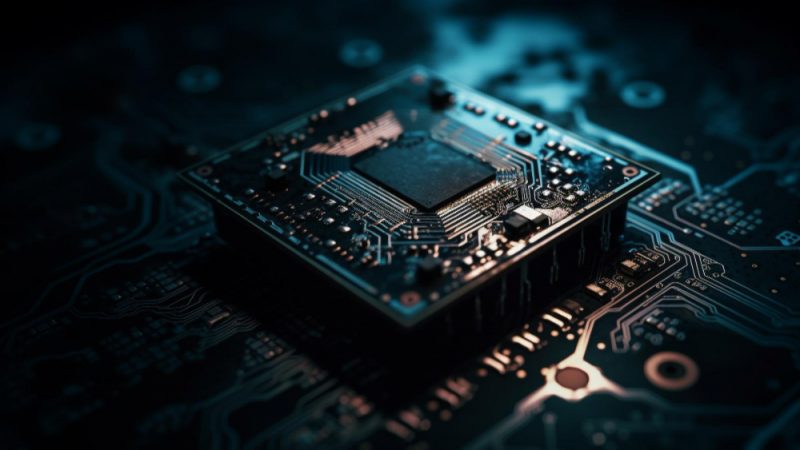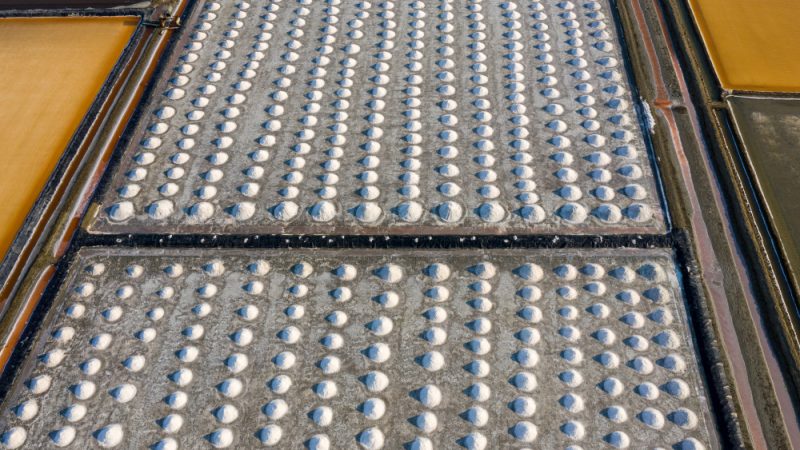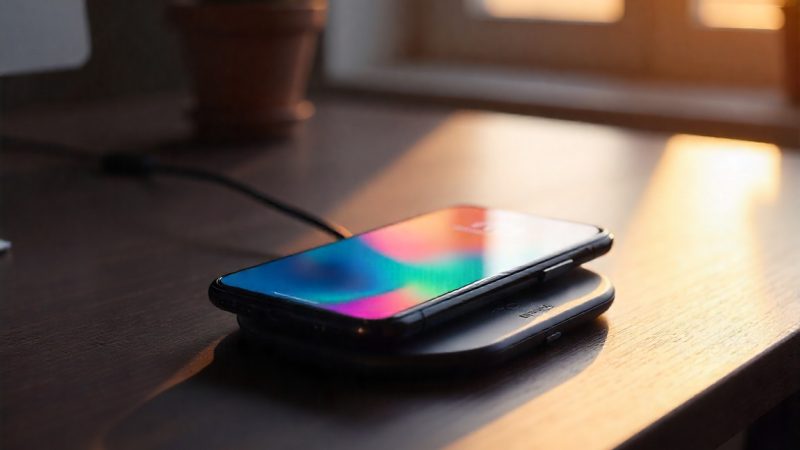LFP Battery: The Future of Sustainable Energy Storage

The Lithium Iron Phosphate (LFP) battery, also known as the LiFePO4 battery, has emerged as one of the most promising energy storage technologies in the modern world. As the demand for electric vehicles (EVs), renewable energy systems, and portable electronics continues to surge, LFP batteries are transforming how we store and utilize electrical energy. This revolutionary battery chemistry combines safety, longevity, and environmental sustainability in ways that make it increasingly attractive for both consumer and industrial applications.wikipedia+1
Understanding LFP Battery Technology
At its core, an LFP battery is a specialized type of lithium-ion battery that uses lithium iron phosphate as the cathode material, paired with a graphitic carbon electrode with metallic backing as the anode. The unique chemical composition sets LFP batteries apart from other lithium-ion variants, particularly those using nickel manganese cobalt (NMC) or nickel cobalt aluminum (NCA) chemistries.
The manufacturing process of LFP batteries involves several sophisticated steps. It begins with sourcing high-quality raw materials, including lithium, iron phosphate, and graphite. These materials are processed into a slurry, coated onto metal foils, assembled with separators, and infused with electrolytes before being sealed and tested for quality. The production can utilize either solid-phase methods (such as carbothermal reduction) or liquid-phase methods (including hydrothermal synthesis), each offering specific advantages for industrial-scale manufacturing.
Key Advantages of LFP Technology
Safety and Thermal Stability
Safety stands as one of the most compelling advantages of LFP batteries. Unlike other lithium-ion chemistries, LFP batteries exhibit exceptional thermal and chemical stability. The phosphate-based cathode material withstands high temperatures without decomposing, making these batteries significantly less prone to thermal runaway—the dangerous chain reaction that can lead to battery fires and explosions. The thermal runaway temperature for LFP batteries reaches 270°C, substantially higher than the 210°C threshold for NMC batteries and 150°C for NCA batteries.
Exceptional Cycle Life and Durability
LFP batteries demonstrate remarkable longevity, typically supporting 3,000 to 10,000 charge-discharge cycles under optimal conditions. This far exceeds the 800 to 2,300 cycles offered by NMC batteries. With proper care and moderate depth of discharge (DoD), some LFP batteries can achieve up to 6,000 cycles. This extended lifespan translates to practical applications where an LFP battery can maintain over 80% of its original capacity after completing its rated cycle life.
Environmental Friendliness
From an environmental perspective, LFP batteries offer significant advantages. They contain no cobalt, a material associated with ethical concerns regarding mining practices and environmental impacts. The materials used in LFP batteries—iron, phosphate, and lithium—are relatively abundant and pose fewer supply chain challenges compared to the rare earth metals required for other battery chemistries. Additionally, LFP batteries are non-toxic and considerably easier to dispose of and recycle.
Cost Effectiveness
LFP batteries generally cost less to produce than their NMC and NCA counterparts. As of recent market data, LFP battery cells are priced around $98.50 per kWh, compared to $112.70 per kWh for NMC and $120.30 per kWh for NCA batteries. This cost advantage, combined with their longer cycle life, makes LFP batteries extremely cost-effective over their operational lifetime.
Temperature Resilience
While LFP batteries excel in high-temperature environments, they handle heat better than most alternatives and can operate effectively across a broad temperature range. However, it’s worth noting that their performance can decline in extremely cold conditions—at -20°C, LFP batteries may operate at only 60% capacity.
Limitations and Challenges
Despite their numerous advantages, LFP batteries face certain limitations. The most significant is their lower energy density compared to NMC and NCA batteries. As of 2024, leading manufacturers like CATL produce LFP batteries with specific energy around 205 Wh/kg at the cell level, while BYD’s offerings reach 150 Wh/kg. In contrast, top-tier NMC batteries can exceed 300 Wh/kg. This lower energy density means LFP batteries are heavier and bulkier for the same energy storage capacity, which can be a disadvantage in applications where weight and space are critical factors.
The initial investment cost for LFP battery systems remains higher than traditional lead-acid batteries, though this is offset by their superior longevity and performance. Additionally, LFP batteries have a lower nominal voltage (3.2V per cell) compared to other lithium-ion batteries, requiring more cells in series to achieve equivalent voltage levels.
Major Applications and Market Adoption
Electric Vehicles
The electric vehicle sector has become the primary driver of LFP battery adoption. As of September 2022, LFP batteries captured 31% of the entire EV battery market, with 68% of those deployments coming from just two companies: Tesla and BYD. By 2021, LFP batteries officially surpassed ternary batteries in installed capacity with 52% market share, and analysts project this will exceed 60% by 2024.
Major automakers have embraced LFP technology. Tesla uses LFP batteries in all standard-range Model 3 and Model Y vehicles manufactured after October 2021. Ford announced a $3.5 billion investment to build a Michigan factory producing LFP batteries using technology licensed from CATL. The first mass-produced vehicle to use LFP batteries was the Chevrolet Spark EV in 2014.wikipedia
Energy Storage Systems
LFP batteries have become the preferred choice for solar energy storage and grid-scale applications. Their long cycle life and safety characteristics make them ideal for stationary applications where weight and volume are less critical than reliability and longevity. Companies like Enphase and SonnenBatterie have adopted LFP technology for residential energy storage. Tesla switched its utility-scale batteries to LFP chemistry in 2021 and incorporated the technology into its Powerwall 3 residential system launched in 2023.
Other Applications
Beyond EVs and energy storage, LFP batteries power numerous applications including electric buses, forklifts, marine propulsion systems, solar-powered lighting, UPS (Uninterruptible Power Supply) systems, power tools, e-bikes, and portable electronics. Their stable 3.2V output voltage allows four cells to be configured in series for 12.8V, making them suitable replacements for traditional six-cell lead-acid batteries in automotive and solar applications.
Market Leaders and Global Dynamics
The LFP battery market is dominated by Chinese manufacturers. CATL (Contemporary Amperex Technology Co. Limited) holds the largest market share, installing 254.5 GWh of EV batteries from January to August 2025, representing 36.8% of the global market. The company controls over 50% of the LFP battery segment specifically. BYD ranks second with 124.8 GWh installed during the same period, capturing 18% of the global market with a remarkable 50.3% year-over-year growth rate.
Together, CATL and BYD maintain a near-monopoly on LFP battery production. In China’s domestic market for September 2025, CATL held 42.81% market share while BYD captured 21.07%. Other significant players include CALB, Gotion High-tech, LG Energy Solutions, and SK On, though their market shares remain considerably smaller.
The global LFP battery market is projected to reach $8.6 billion in 2025, with a compound annual growth rate (CAGR) of 9.9% through 2033. Industry analysts predict LFP cell prices could fall to $80-100 per kWh by 2027-2028, making residential storage systems significantly more affordable.
Technological Advancements and Future Trends
Research and development efforts continue to address LFP battery limitations, particularly energy density. Scientists are exploring advanced cathode structures, enhanced conductive coatings, and optimized particle morphology that could increase energy density by 20-30% in coming years. Innovations in manufacturing, including dry electrode techniques and streamlined production processes, promise to reduce costs and environmental impact.
Emerging technologies include solid-state LFP batteries, which could offer further improvements in safety and energy density. The integration of artificial intelligence and machine learning in battery management systems is optimizing performance and extending lifespan. Advanced fast-charging technologies are being developed, with some manufacturers achieving charging rates of 4.5C, allowing vehicles to add over 500km of range in just 15 minutes.
Recycling and Sustainability
As LFP battery adoption accelerates, sustainable end-of-life management becomes increasingly important. While LFP batteries lack the valuable cobalt and nickel found in other lithium-ion batteries, making recycling less economically attractive, they contain critical raw materials including lithium, phosphorus, and graphite that Europe and other regions aim to recover.
Innovative recycling approaches are emerging, particularly hydrometallurgical and electrochemical methods that can recover over 90% of critical materials. Recent research focuses on developing economically viable recycling processes that minimize waste and chemical consumption. Studies show that optimized reuse and recycling pathways for LFP batteries can improve profits by 58% and reduce emissions by 18% compared to immediate recycling without reuse.
LFP vs. NMC: A Comparative Perspective
When comparing LFP and NMC batteries, each chemistry offers distinct advantages. NMC batteries offer higher energy density, superior low-temperature performance, and enhanced acceleration capabilities, making them a preferred choice for high-performance vehicles and portable electronics. However, LFP batteries excel in safety, cycle life, thermal stability, cost-effectiveness, and environmental sustainability.
For energy storage applications and cost-conscious EV segments, LFP batteries often represent the optimal choice. For applications demanding maximum range and performance in compact form factors, NMC batteries may be more suitable. The market trend indicates an increasing adoption of LFP as improvements in energy density narrow the performance gap, while maintaining LFP’s inherent advantages.
Conclusion
LFP battery technology represents a mature, reliable, and increasingly cost-effective solution for energy storage across numerous applications. With their exceptional safety profile, remarkable longevity, environmental advantages, and competitive pricing, LFP batteries are positioned to play a central role in the global transition to sustainable energy. As manufacturing scales up, costs decline, and technological improvements continue, LFP batteries will likely capture an even larger share of the battery market, powering everything from electric vehicles to grid-scale renewable energy storage systems. The convergence of economic, environmental, and performance factors makes LFP batteries not just a viable alternative, but increasingly the preferred choice for the future of energy storage.






